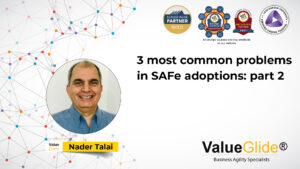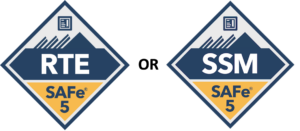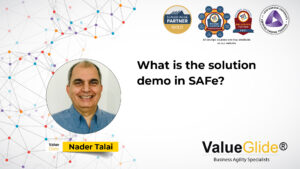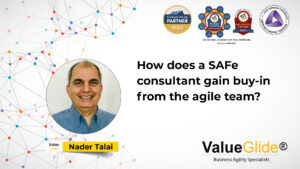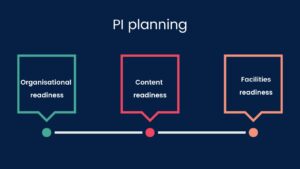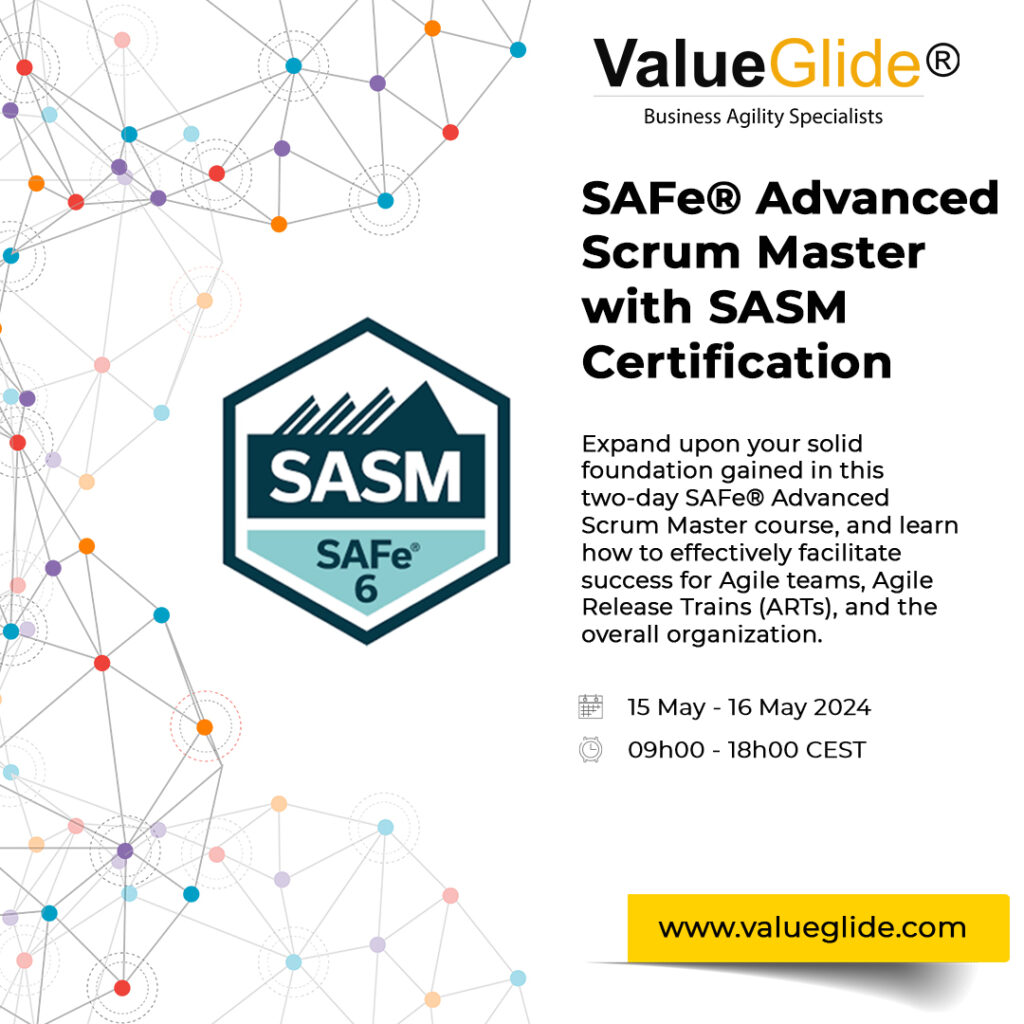PI is a critical part of adopting Scaled Agile Framework®, SAFe® and thriving in the digital age. However, the following anti-patterns limit the benefits of PI. In this short post, we list anti-patterns and suggestions for avoiding them.
- Limited content Readiness
- No or slideware system Demo
- PI objectives without business value
- Skipping Inspect & Adapt workshop
Anti-pattern: Limited content readiness
The teams see the features for the first time in PI planning or rushed features.
Limited content readiness leads to unpredictable delivery of PI objectives or the ART needing to consider different, more valuable feature(s).
How to avoid
Use capacity allocation to enable continuous exploration. Explicitly carve out time for Business Owners, Architects, Epic Owners, Product Management and the ART to define the features ahead of PI planning.
How many features should we have ready?
Use the PI measures on the number of features that the ART delivers to limit how many features you make ready.
How much time should we allocate for content readiness?
The time allocation depends on the domain; somewhere between 10% to 20% is a good starting point.
Anti-pattern: No or slideware system Demos
The system demos do not show working software, leading to a lack of transparency and difficulty measuring progress.
How to avoid
Start with the iteration review to ensure that the teams are showing working software in the iteration reviews. Each team increment needs to deliver working software to enable SAFe principle #4 Build incrementally with fast, integrated learning cycles. Ensure the ART is developing on a single branch. Review continuous integration and how team increments are integrated across the teams and deployed to the staging environment.
Anti-pattern: PI objectives without business value
The teams craft the PI objectives without assigned business value.
How to avoid
Clarify why assigning value ensures that what the team aims to do aligns with the business owner’s expectations and enables decentralised decision making by the team. Ensure your business owners understand the critical role they play in PI planning and throughout the PI. Schedule the PI planning events in the diaries on a 6 to 12 months rolling invite.
I recommend watching this video from the 2018 SAFe Summit on measuring business value.
Anti-pattern: Skipping Inspect & Adapt workshop
Inspect and adapt workshop is the opportunity for the ART to address systemic issues that impede its progress. Without this workshop and the implementation of the improvements, we accept the status quo, and we fail to practice relentless improvement, which is one of the pillars of the SAFe House of lean and part of the lean-agile mindset.
How to avoid
Engage the RTE or an external facilitator to run the Inspect and Adapt workshop to identify the systemic issues affecting several teams, carry out root cause analysis, identify the root cause, and improve action(s) to resolve the root cause.
Want to learn more about how Value Glide will accelerate your digital transformation? Learn more
Scaled Agile Framework and SAFe are registered trademarks of Scaled Agile, Inc.

